This is the new version of the highly popular Holere® that has been well-received for many years. With this product alone, you can dig clay layers and sand layers.
Distinctive feature
1. Small amount required, easy transportation
Holere 2.0 requires only about 1/100th of the amount of bentonite to achieve the same viscosity effect. This makes transportation much more convenient. It is especially useful in remote locations, such as mountainous areas where trucks cannot access the site and transportation is difficult.
2.Easy drilling mud preparation
With a small amount of Holere 2.0, you can easily create optimal drilling mud for excavation. Compared to conventional bentonite mud, preparing the mud is much easier.
①Clay layer/Sand layer
Holere 2.0 alone demonstrates excellent effectiveness in transporting drill cuttings in clay and sand layers.
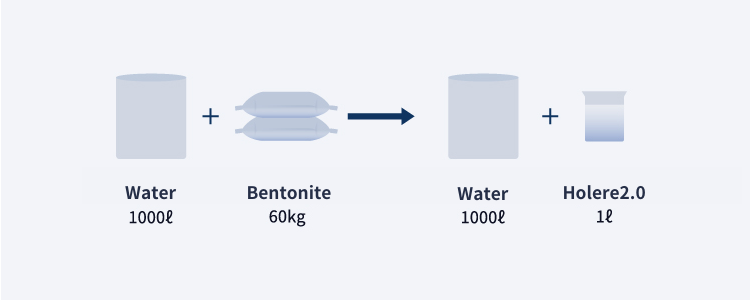
②Gravel layer
In poor ground conditions such as deep wells or gravelly layers, Holere 2.0 is added to a well-mixed bentonite slurry. This creates a thin yet strong pit wall with minimal dewatering, providing protection and preventing collapse of the pit wall. Be sure to use a small amount of bentonite in combination.
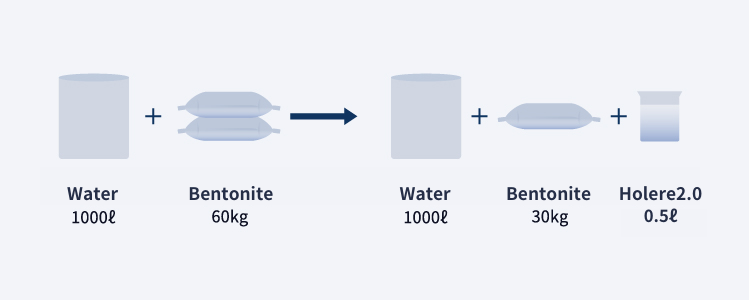
3. Easy to dissolve and efficient without waste
Holere 2.0 is a liquid, so it can be used simply by lightly mixing with common tools such as sticks or spatulas.
4. Easily drills
Holere 2.0 drilling mud has low viscosity and flows smoothly inside the rod with high flow velocity, which reduces the burden on the pump. In contrast, in wells with slower flow velocity, the viscosity increases, making it more effective at carrying drill cuttings, thus improving drilling efficiency.”
Application site
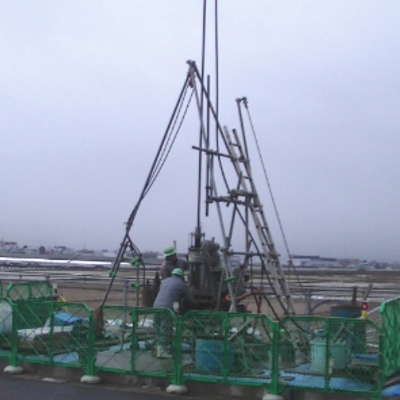
Geotechnical Drilling
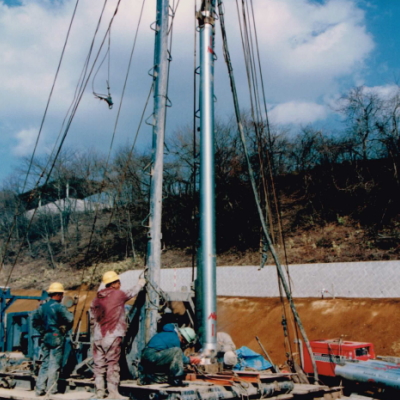
Water Well

Ground Improvement
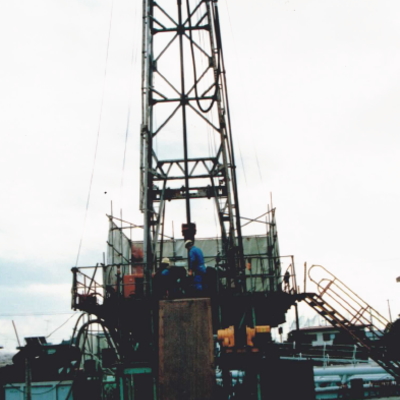
Hot Spring Drilling
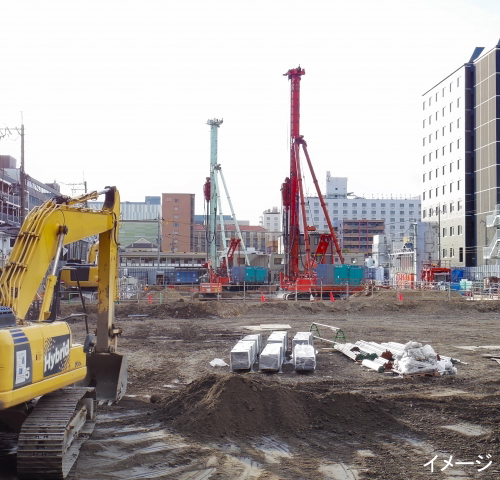
Soil Contamination Remediation
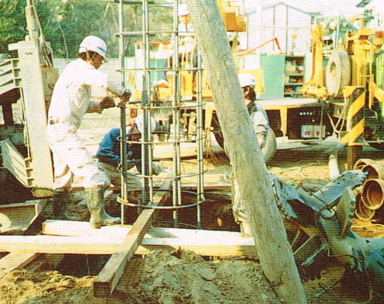
Cast-in-place Piling
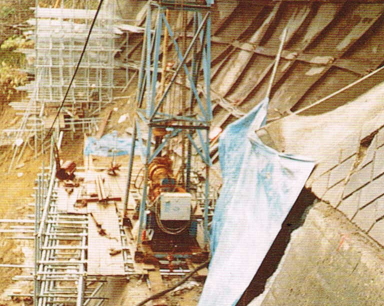
Anchor work
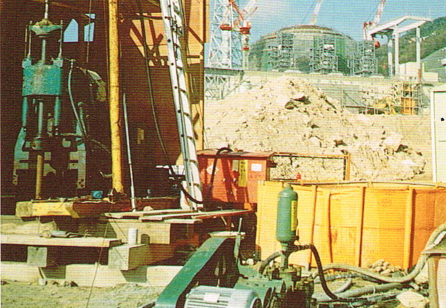
Nuclear Plant Grounding Work
Explanation video
Packaging Type
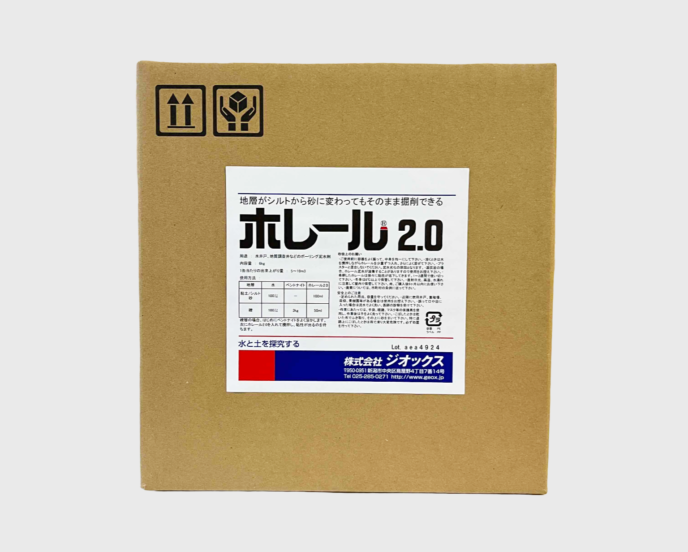
| Net Weight | 6 kg |
|---|---|
| Package Style | Poly Can |
How to use
| Soil type | Water | Bentonite | Holere 2.0 |
|---|---|---|---|
| Clay layer/Sand layer | 1,000 L | ー | 1 L |
| Gravel layer | 1,000 L | 30 kg | 0.5 L |
Applicable site
| Product name | Clay layer | Sand layer | Gravel layer |
|---|---|---|---|
| Holere | 〇 | ※ | ※ |
| Holere 2.0 | 〇 | 〇 | ※ |
〇Can be excavated independently. ※Requires combination with bentonite.
Frequently asked questions
- What is the difference between Holere and Holere 2.0?
- Holere can excavate clay layers, while Holere 2.0 can excavate both clay and sand layers.
- When excavating silt and clay layers with Holere drilling mud, the drilling mud may separate into Holere solution and solids. What should be done?
- Adding 'Tasuke' can prevent separation.
- When excavating mudstone, the viscosity of the drilling mud has increased. Is there a good solution?
- Generally, dilution with water is performed, but by using 'Tasuke,' the viscosity can be reduced without increasing the amount of drilling mud.
- What should be done when excavating gravel layers?
- Please add bentonite as needed.
- What is the compatibility with plaster (gypsum) and cement?
- Mixing plaster or cement with Holere 2.0 drilling mud will impair the mud's functionality. Please do not mix them under any circumstances. If you must use plaster or cement, please contact us.
- Is it possible to perform electrical logging?
- It is possible. Additionally, we have resistivity data and other information available, so please contact us if needed.
